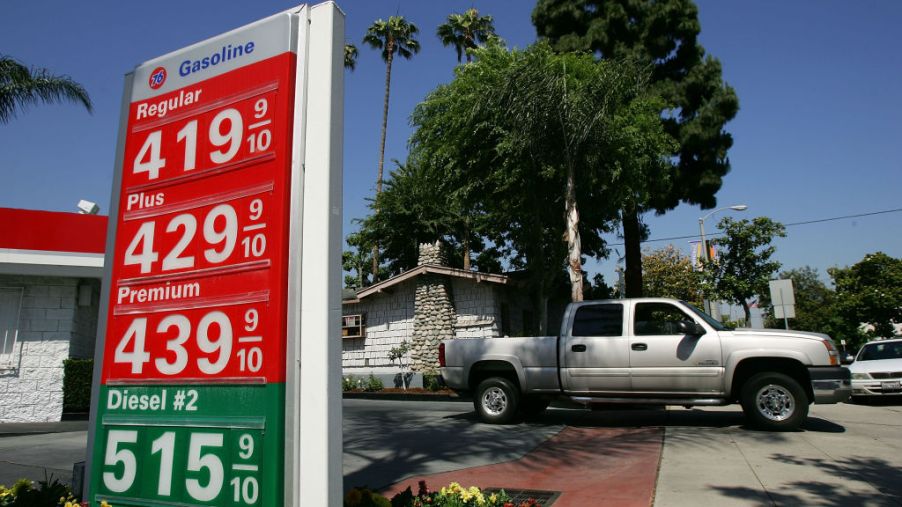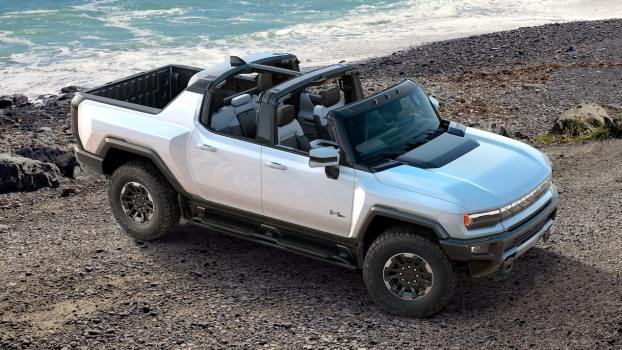
Does Lifting Your Truck Lower Its Gas Mileage?
Sure, lifted trucks look so much cooler, but are there more reasons to lift your truck other than for the aesthetics? With the exception of trends like this extreme body lift, suspension lifts are essential for rough terrain driving with trucks that are not factory equipped for off-road activities. But do the advantages to be had outweigh the disadvantages, namely, lower gas mileage? Find out why lifting your truck lowers its gas mileage and ways to maximize fuel efficiency even in these gas-guzzling trucks.
Updated: 7/28
Why lifting your truck lowers its gas mileage
Hard Working Trucks expounds on the reasons why your lifted truck may not get as great of gas mileage as it did before. When you lift your truck, there are two changes that are “mpg killers”, the taller, heavier tires and the higher ride. With the truck body sitting taller, the vehicle is less aerodynamic and encounters greater wind resistance.
Reference.com explains that when choosing a lift kit and tires for your truck, there are things to consider that have the least impact on your vehicle’s gas mileage without affecting performance.
Choosing your tires wisely and appropriately for your needs is essential. All-terrain tires will likely suit all your needs while driving on-road and in moderate off-road driving environments. More tread equals more tire on the ground, and while mud-terrain tires deliver on off-road tracks, the result in lower gas mileage may make them less than satisfactory for everyday driving.
A suspension lift will also add weight to your truck reducing fuel efficiency; therefore, choosing lighter-weight kit components will mitigate greater fuel consumption.
Advantages of lifting a truck
For off-roading purposes, achieving higher ground clearance is imperative, and the only way to achieve this is by lifting your truck and fitting it with bigger tires.
According to Napa, the “taller tires boost differential clearance, and the lifted suspension keeps all four wheels on the ground for maximum traction.” Towing gets a boost as well due to the higher suspension with more room to settle before bottoming out.
Another advantage of lifting a truck is that visibility is improved while seated at a higher vantage point and able to see over the traffic ahead.
Ways to mitigate decreased fuel-efficiency
In addition to paying attention to the size and tread of your tires and weight of the suspension components, there are also behavioral components that can be learned to improve your fuel efficiency while driving a lifted truck.
This driver expected a couple of miles per gallon loss when he lifted his Toyota Tacoma but was pleasantly surprised 2 tanks later when he discovered that he had only had one mpg loss while still getting 18 mpg.
The first tip he offers is to lose the heavy foot. Putting the pedal to the metal, fast take-offs, and quick acceleration naturally burn up more fuel. He expounds that keeping your RPMs between 1500 to 2000 while accelerating will maximize fuel efficiency.
Another tip he mentions to try is to maintain your speed as much as possible, making adjustments for terrain change. If approaching a hill, you can overcompensate ahead of time by picking up a few miles per hour going downhill so that, on the upside, you will not lose much momentum.
Doing your research before outfitting your truck with a lift kit and tires can help you choose parts that achieve both functionality and have less impact on mpg efficiency. And in addition to this, learning how to drive smarter will hopefully help you to see negligible changes in your truck’s fuel economy.




